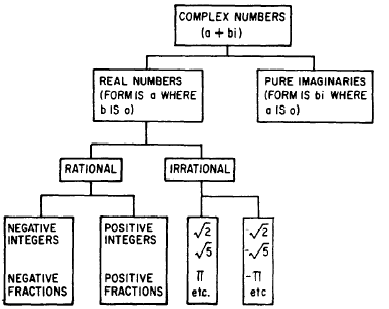Identities are equations that are always true.
5 + 2(x-3) = 2x - 1
5 + 2x-6 = 2x - 1
5 - 6 = -1
-1 = -1
Reciprocal Identities
sin(theta) = 1/csc(theta) csc(theta) = 1/sin(theta)
cos(theta) = 1/sec(theta) sec(theta) = 1/cos(theta)
tan(theta) = 1/cot(theta) cot(theta) = 1/tan(theta)
Quotient Identities
tan(theta) = sin(theta)/cos(theta) cot(theta) = cos(theta)/sin(theta)
Even/Odd Identities
sin(-theta) = -sin(theta) csc(-theta) = -csc(theta)
cos(-theta) = cos(theta) sec(-theta) = sec(theta) - (only even functions)
tan(-theta) = -tan(theta) cot(-theta) = -cot(theta)
Pythagorean Identities
a^2 + b^2 = c^2
(c x sinA)^2 + (c x cosA)^2 = c^2
c^2(sinA)^2
C^2 x sin^2A + c^2 x cos^2A= C^2
sin^2A + cos^2A = 1
sin^2(theta) + cos^2(theta) = 1
tan^2(theta) + 1 = sec^2(theta)
cot^2(theta) + 1 = csc^2(theta)
 In the 1st quadrant the reference angle is the angle itself. (
In the 1st quadrant the reference angle is the angle itself. ( In the 2nd quadrant the reference angle is got by subtracting the given angle by
In the 2nd quadrant the reference angle is got by subtracting the given angle by  In the 3rd quadrant the reference angle is got by subtracting
In the 3rd quadrant the reference angle is got by subtracting  In the 4th quadrant the reference angle is got by subtracting the given angle by
In the 4th quadrant the reference angle is got by subtracting the given angle by 





 y=0
y=0



 as
as  or
or  .
.



 , either from the left or right.
, either from the left or right.

